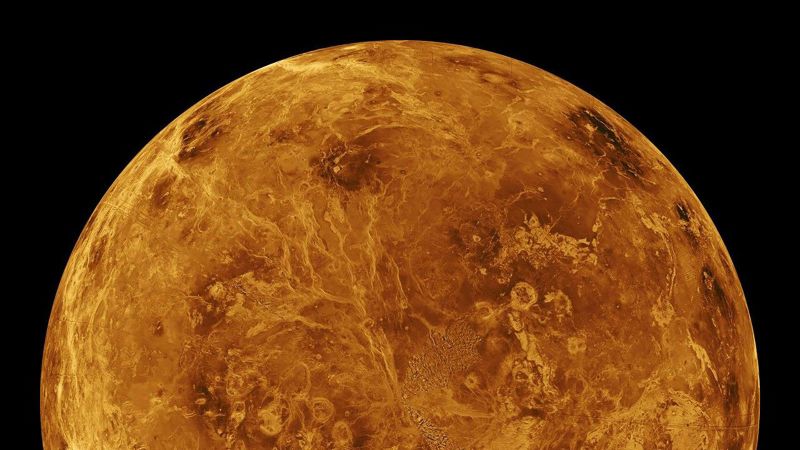A Soviet-era spacecraft, originally intended to make a soft landing on Venus, is making headlines as it is set to fall back to Earth after being trapped in orbit for decades. The object, known as Cosmos 482 or Kosmos 482, was launched by the Soviet Union in March 1972, but it never reached its intended destination. Instead, it has been aimlessly orbiting the Earth for years, a result of a failed trajectory adjustment intended to guide it toward Venus to study the planet’s environment.
As the years went by, Cosmos 482’s orbit slowly decayed, and astrophysicists have monitored its descent. The gradual atmospheric drag has pulled the spacecraft closer to Earth, leading to predictions of its reentry occurring between late Friday night and early Saturday morning. The European Space Agency and the US research agency Aerospace Corporation have provided updated estimations, indicating that the spacecraft is expected to crash somewhere on the planet or in its oceans between 10 PM and 6:30 AM ET.
Given the complexities of space travel, pinpointing the exact time or place of an object’s reentry is a challenging endeavor, affected by various unpredictable factors, including space weather. Fortunately, experts point out that the likelihood of Cosmos 482 causing harm to anyone on the ground is minimal. Marlon Sorge, a space debris expert with the Aerospace Corporation, conveyed optimism regarding the spacecraft’s reentry, suggesting it was built to survive the intense conditions of Venus’s atmosphere, which would afford it a good chance of enduring the reentry back to Earth intact. Should it retain its structure, it poses less of a risk to populated areas.
Typically, debris reentering the Earth’s atmosphere is subject to severe turbulence, often resulting in disintegration due to the extreme thermal and mechanical pressures. However, given the durable design of Cosmos 482, which includes a robust heat shield, its chances of coming down as a whole are favorable. The probe was engineered to withstand the highest pressures and temperatures encountered during descents, especially those necessary to reach the surface of Venus, which has an atmosphere significantly denser than that of Earth.
The Cosmos 482 mission is part of the Soviet Union’s ambitious Space Research Institute program focused on Venus exploration during the height of the 20th century space race. The Venera program’s various missions in the 1970s and 1980s managed to send several spacecraft successfully to Venus, many of which transmitted valuable data back to Earth before ceasing their operations. Out of two Venera craft launched in 1972, only one reached Venus while the other is believed to be Cosmos 482.
While the spacecraft’s descent path covers a broad area, including parts of Africa, South America, Australia, the USA, Europe, and Asia, the likelihood of it landing on a densely populated area remains slim. Nevertheless, should it hit the ground, those nearby are advised to maintain a safe distance from the impact site due to potential hazardous materials it could leak upon reentry. Legal ownership of the craft still belongs to Russia, as outlined in the 1967 Outer Space Treaty, which establishes that the launching nation is responsible for any space object, even decades after its launch.
As the universe witnesses a surge in activity from commercial space entities like SpaceX, the frequency of defunct objects reentering the atmosphere increases. This has heightened concern among space traffic experts regarding creating more stringent safety measures to manage potential collisions in orbit and mitigate risks upon uncontrolled descents. Even with improved safety standards in place today compared to the era of Cosmos 482’s launch, the impending event remains a stark reminder that space debris can pose real-world risks. The remark made by Parker Wishik from Aerospace Corporation encapsulates this sentiment: “What goes up must come down,” a reality that ensures that today’s technologies and launches will echo through time long after the missions conclude.



